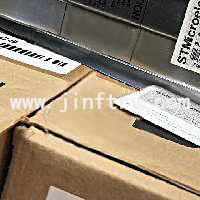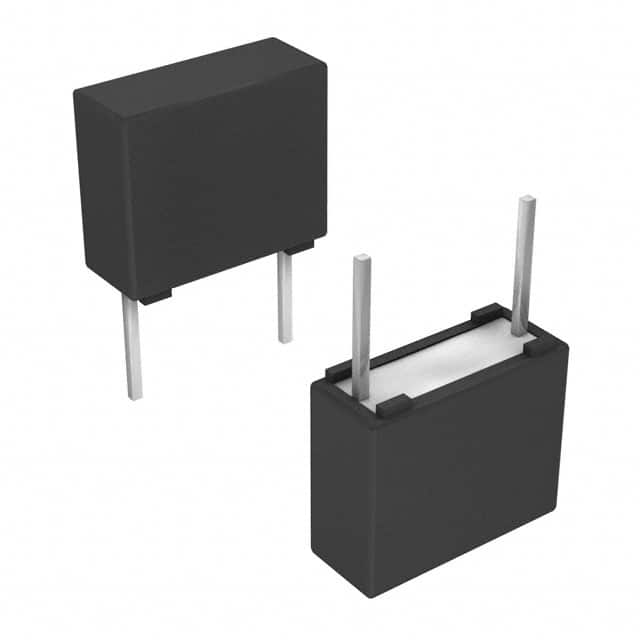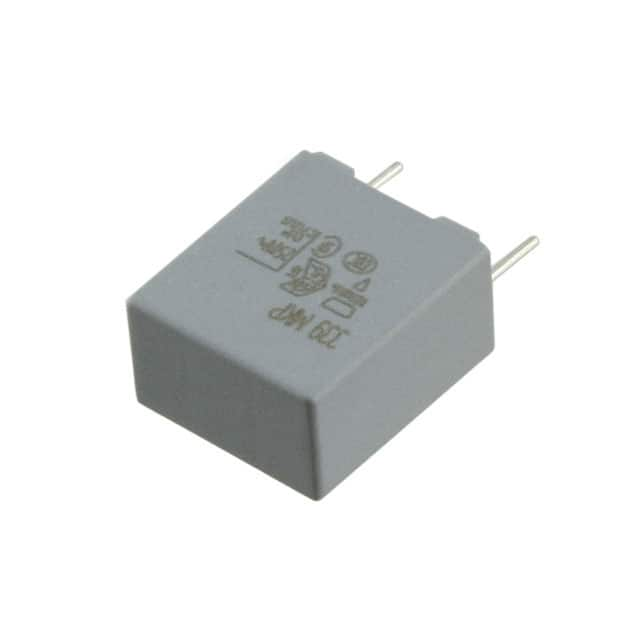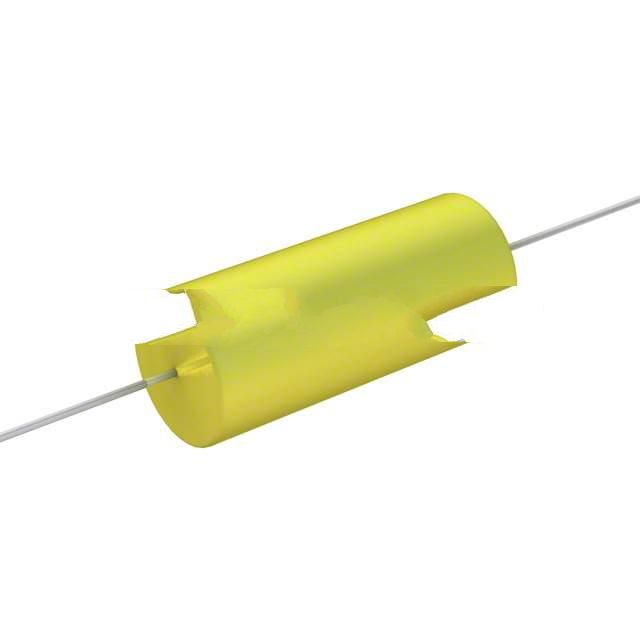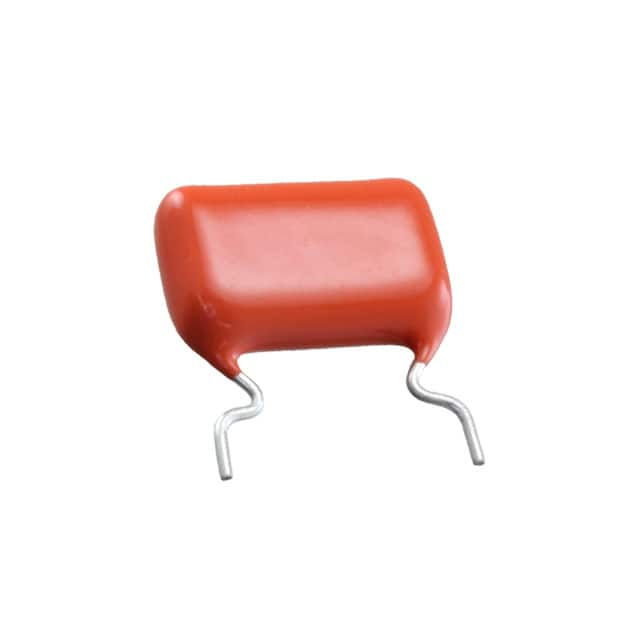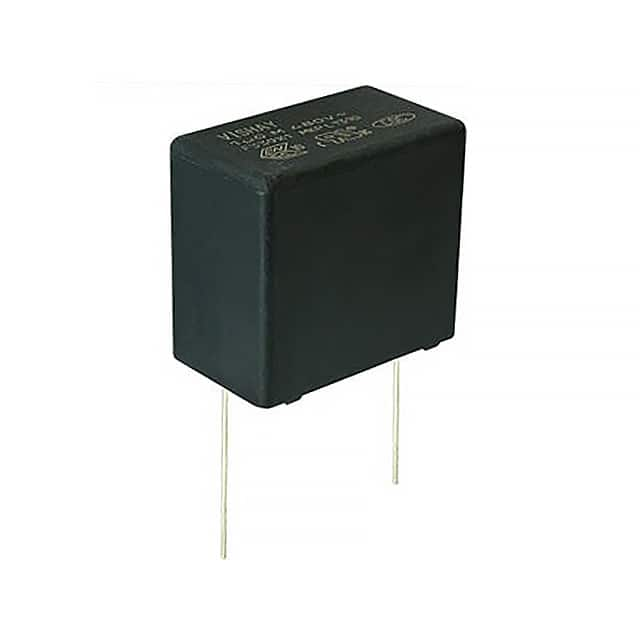MKP385320250JI02W0 Product Introduction:
Vishay Beyschlag/Draloric/BC Components Part Number MKP385320250JI02W0(Film Capacitors), developed and manufactured by Vishay Beyschlag/Draloric/BC Components, distributed globally by Jinftry. We distribute various electronic components from world-renowned brands and provide one-stop services, making us a trusted global electronic component distributor.
MKP385320250JI02W0 is one of the part numbers distributed by Jinftry, and you can learn about its specifications/configurations, package/case, Datasheet, and other information here. Electronic components are affected by supply and demand, and prices fluctuate frequently. If you have a demand, please do not hesitate to send us an RFQ or email us immediately sales@jinftry.com Please inquire about the real-time unit price, Data Code, Lead time, payment terms, and any other information you would like to know. We will do our best to provide you with a quotation and reply as soon as possible.
Film capacitors are capacitors that use thin film materials as dielectric. This structure mainly consists of two layers of conductive metal foil, sandwiched with a thin film medium, which is usually made of polymer materials such as polyether esters, polypropylene, or polystyrene. The design principle is based on the storage of charges. When voltage is applied to both ends of the capacitor, positive and negative charges accumulate on two layers of metal foil, forming an electric field. Thin film capacitors are renowned for their high stability, low loss factor, and wide operating temperature range, and are particularly suitable for high-frequency circuits. In addition, due to its good self-healing ability, which can self recover after partial breakdown in the dielectric, it has a long service life and high reliability.
Application
Film capacitors are mainly used in multiple industries such as electronics, communication, automotive electronics, and medical equipment. In power electronics equipment, they are widely used in DC link filtering, power supply stabilization, and motor drive circuits to ensure smooth current and stable voltage. In audio devices such as speaker crossover networks, preamplifiers, and power amplifiers, thin film capacitors are favored for their excellent frequency response and low distortion characteristics, which help improve sound quality performance. In addition, thin film capacitors are often used in signal processing and filtering in communication systems, which can effectively remove noise in the signal and improve transmission quality. In the field of automotive electronics, thin film capacitors are used in engine management systems, airbag circuits, and in car entertainment systems to ensure circuit stability and safety. In medical equipment, such as electrocardiogram monitors and pacemakers, the high precision and stability of thin film capacitors make them key components that play an important role in monitoring and treating the health of patients.
FAQ about Film Capacitors
-
1. What are the uses of film capacitors?
High-frequency filtering, power decoupling, power noise bypass
The main uses of film capacitors include high-frequency filtering, power decoupling, power noise bypass, etc. In electronic devices, film capacitors are widely used in various circuits due to their high insulation impedance, wide frequency response and self-healing properties.
Specific application scenarios
High-frequency filtering: Film capacitors have excellent high-frequency insulation performance, and the capacitance and loss angle are independent of frequency in a large frequency range and change little with temperature, so they are often used in high-frequency filtering circuits.
Power decoupling: In car audio systems, film capacitors are used for power decoupling to ensure stable power supply and avoid noise caused by feedback generated by the power supply.
Power noise bypass: Film capacitors are also widely used for power noise bypass (reverse cross-connection) to reduce the impact of power noise on the circuit.
Different types of applications
CBB film capacitors: widely used in circuit boards because of their high insulation impedance and wide frequency response.
Organic film capacitors: Made of materials such as polypropylene film and polyester film, they have excellent performance, a wide variety of varieties, and a wide range of applications. They are suitable for a variety of electronic devices.
-
2. How do film capacitors fail?
High working environment temperature, improper selection of working current, exceeding the specified working voltage, harmonic current
The main reasons for film capacitor failure include the following:
High working environment temperature: Film capacitors can work normally in a temperature environment of -40℃~+105℃, but exceeding this range will accelerate thermal aging, resulting in a shortened service life, and even bursting in severe cases.
Improper selection of working current: The current value in the circuit should be less than the current value allowed by the film capacitor, otherwise it will cause the capacitor to heat up, and long-term use will shorten the life, and even burst in severe cases.
Exceeding the specified working voltage: Excessive voltage will cause partial discharge, which will then break down the capacitor and cannot be used.
There are harmonic currents: high-order harmonic currents are superimposed on fundamental currents, resulting in an increase in total current, causing capacitor load overload, internal expansion, and explosion.
Buying inferior capacitors: In order to reduce costs, some manufacturers on the market use low-quality materials to produce capacitors, which greatly reduces the actual withstand voltage and life of such capacitors.
The structural characteristics of film capacitors and the impact of the use environment on their performance:
Film capacitors are usually composed of polypropylene film, aluminum foil and plastic shell. Polypropylene film is sensitive to high temperature, which accelerates its aging and shortens the life of the capacitor. In addition, a humid environment will also cause water vapor to enter the capacitor, affecting its performance.
-
3. What is the difference between foil capacitors and film capacitors?
Electrode materials, structure, and application areas
The main difference between foil capacitors and film capacitors lies in electrode materials, structures, and application areas.
Electrode materials and structures
Foil capacitors: Foil capacitors usually use metal foil as electrodes. This electrode is formed on a plastic film by vacuum evaporation, which is called a metallized film. This structure can save the thickness of the electrode foil, thereby reducing the volume of the capacitor and making it more miniaturized.
Film capacitors: Film capacitors use plastic films as dielectrics. Common plastic films include polyethylene, polypropylene, polystyrene or polycarbonate. These films overlap at both ends and are rolled into a cylinder to form a capacitor.
 Lead free / RoHS Compliant
Lead free / RoHS Compliant



